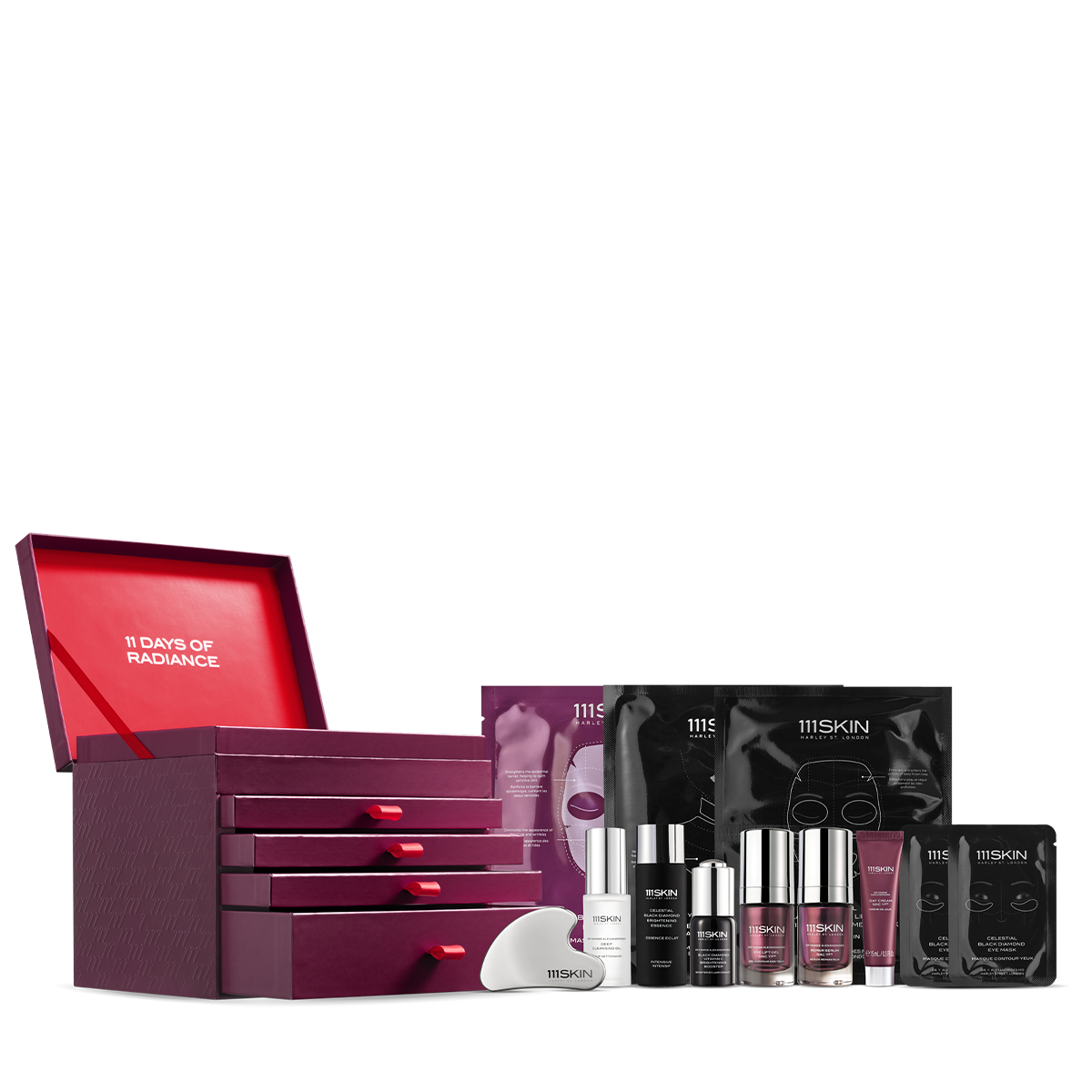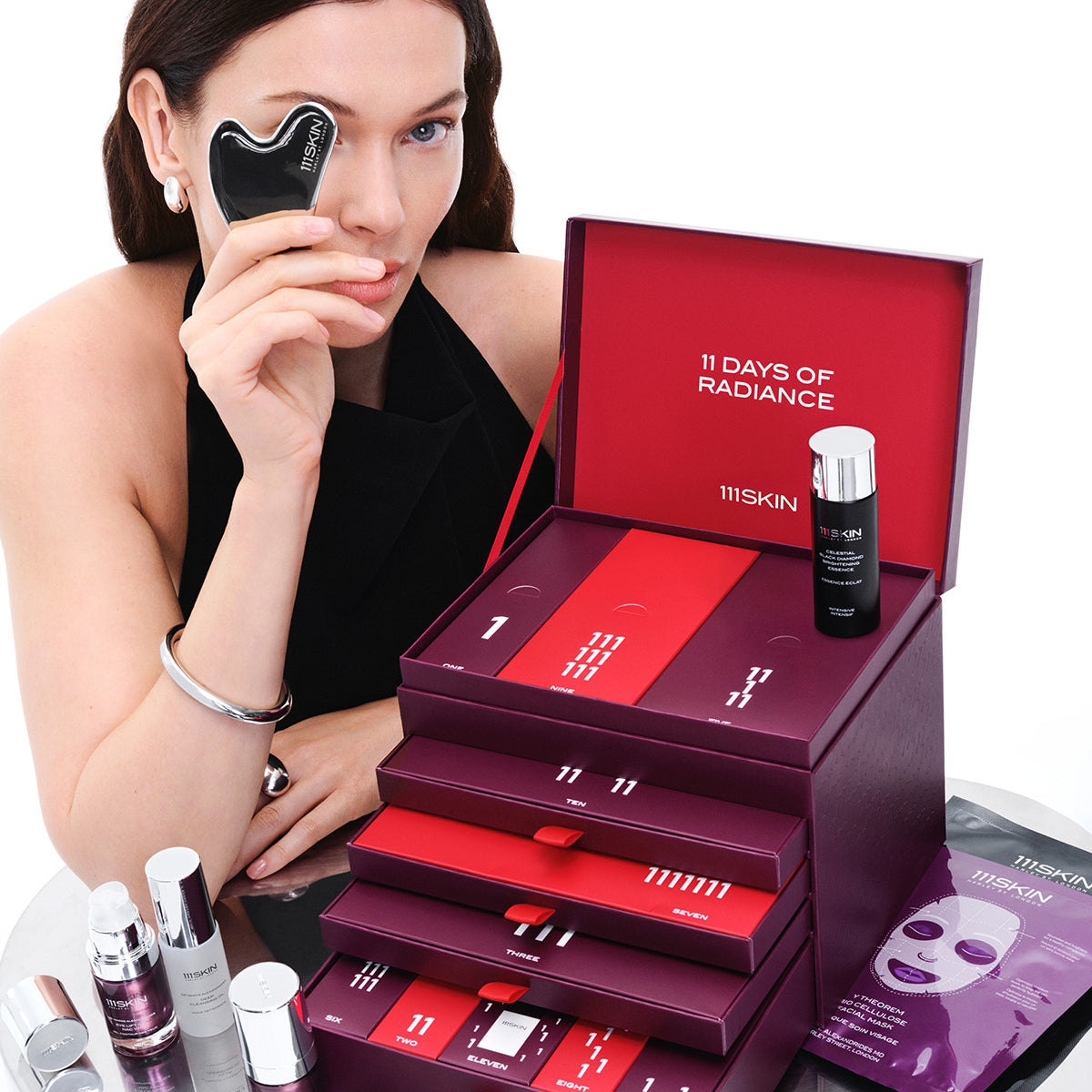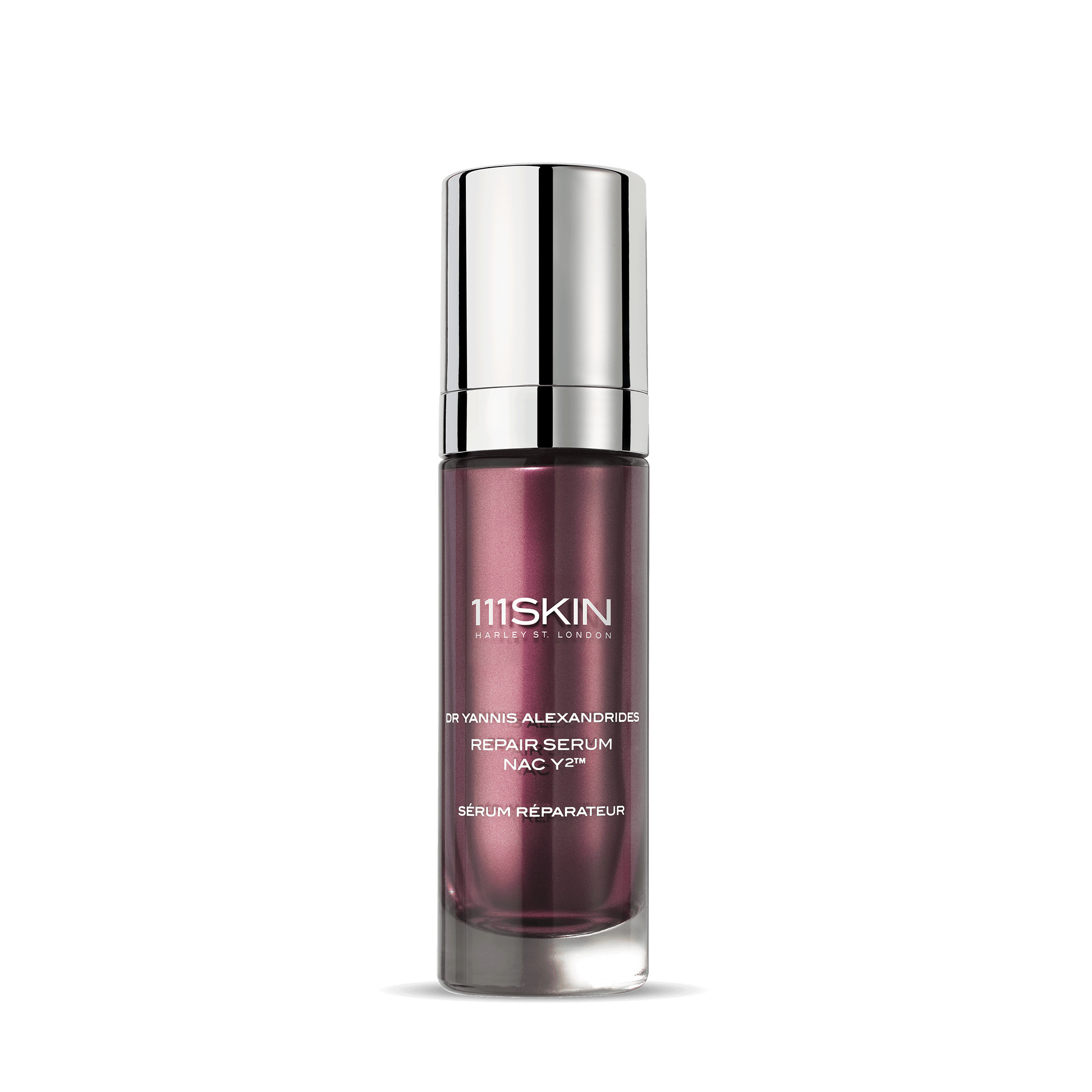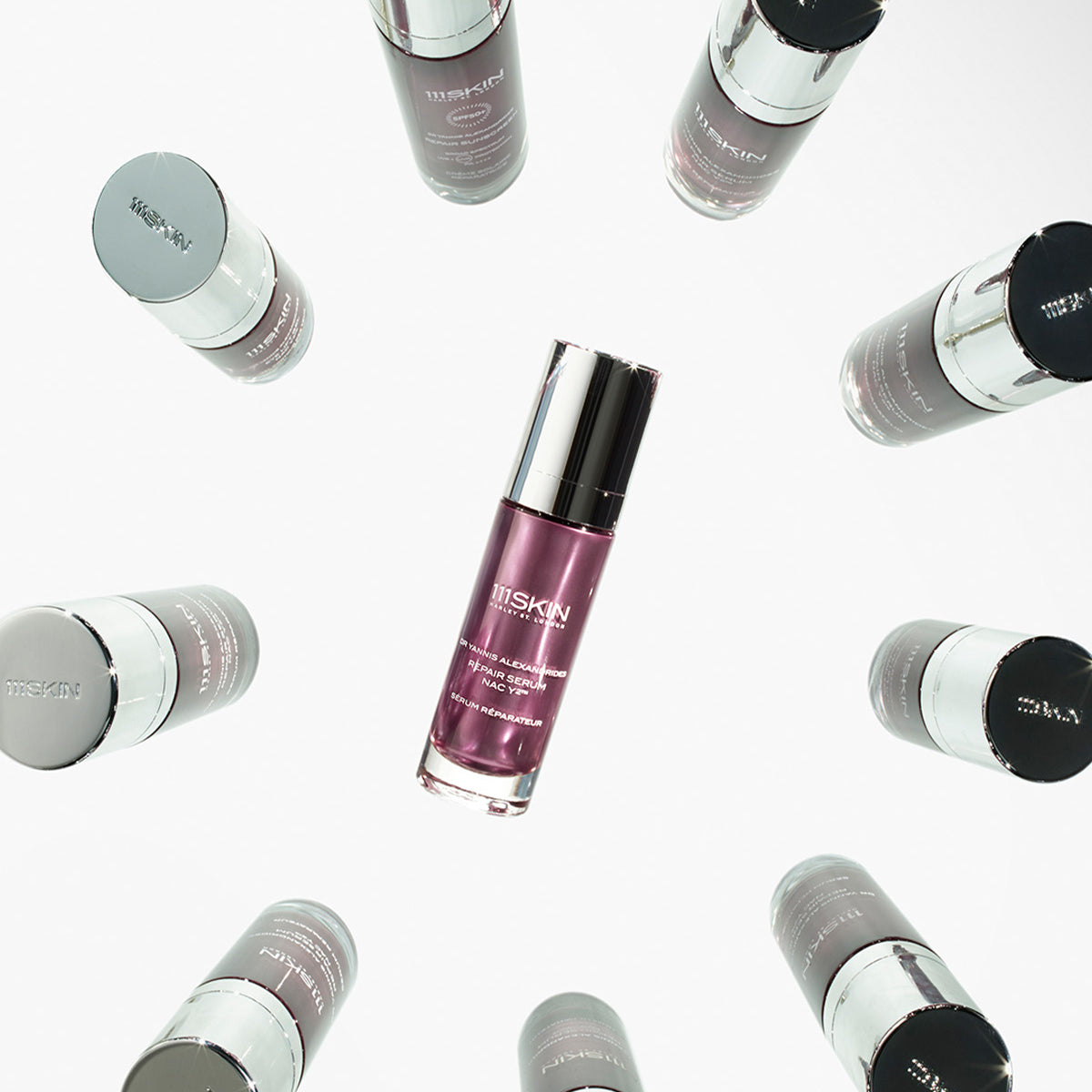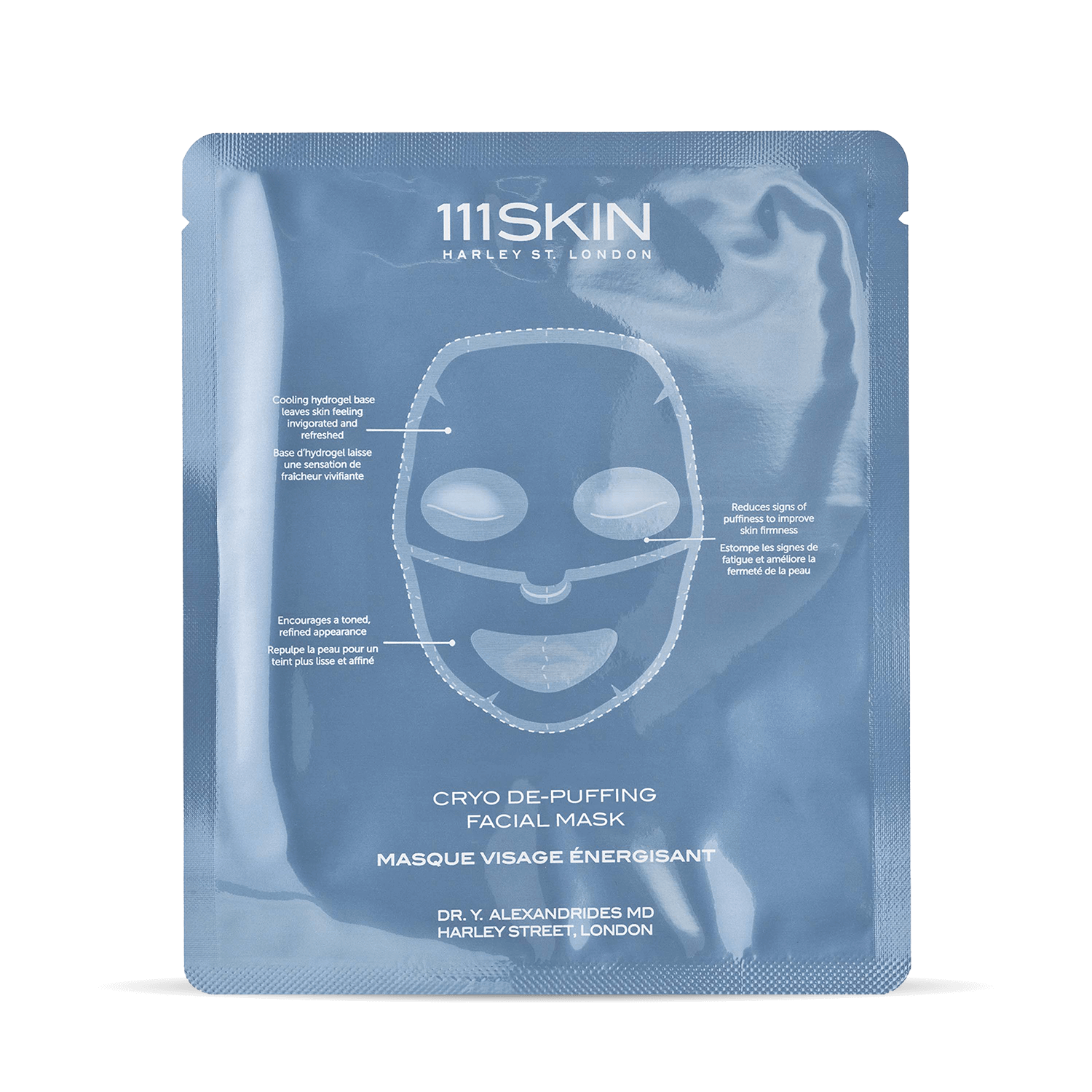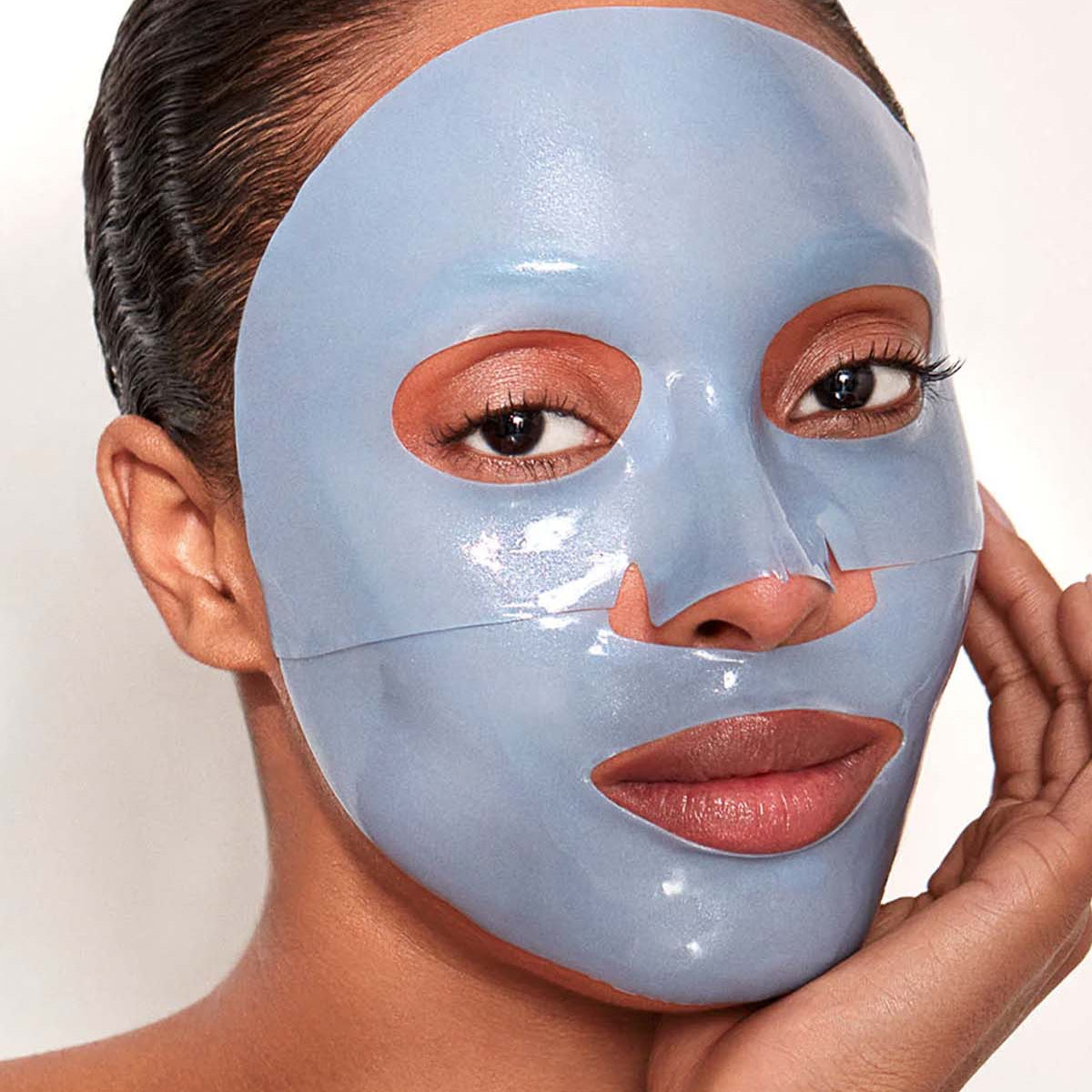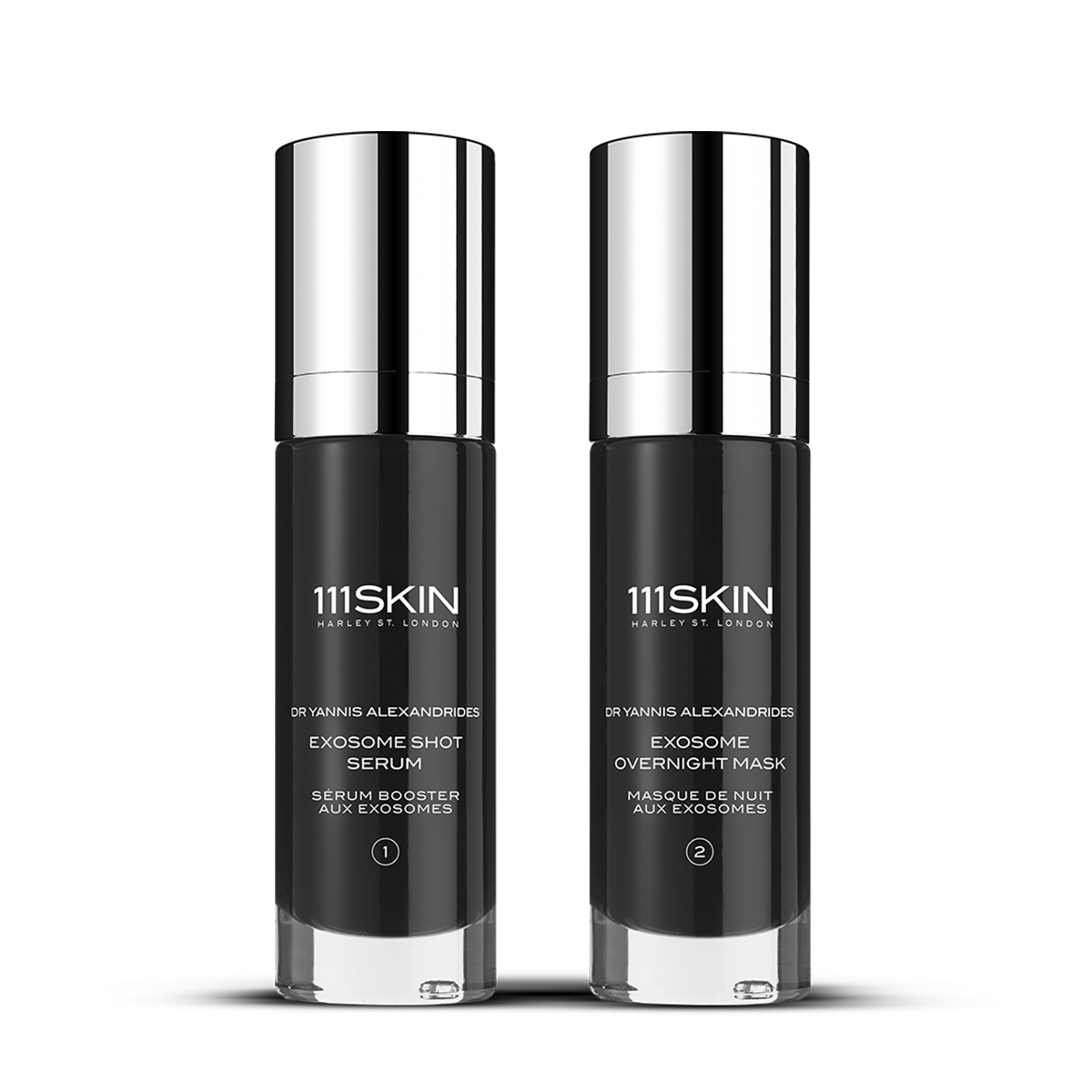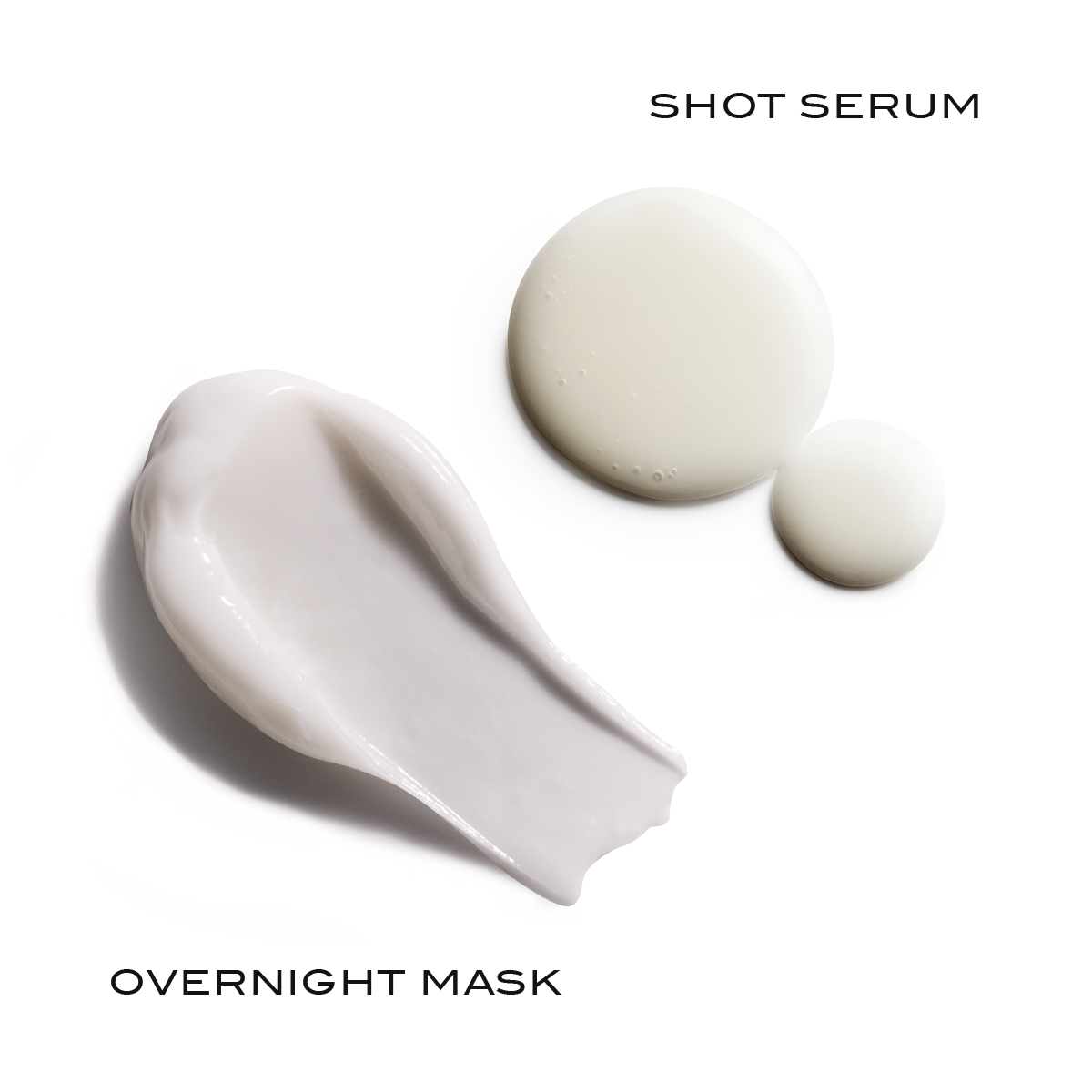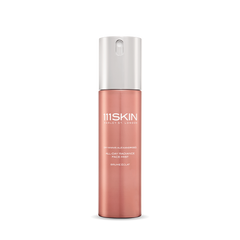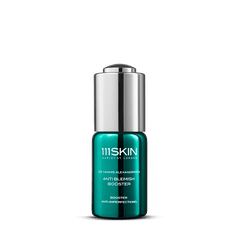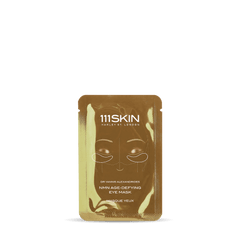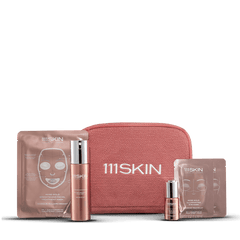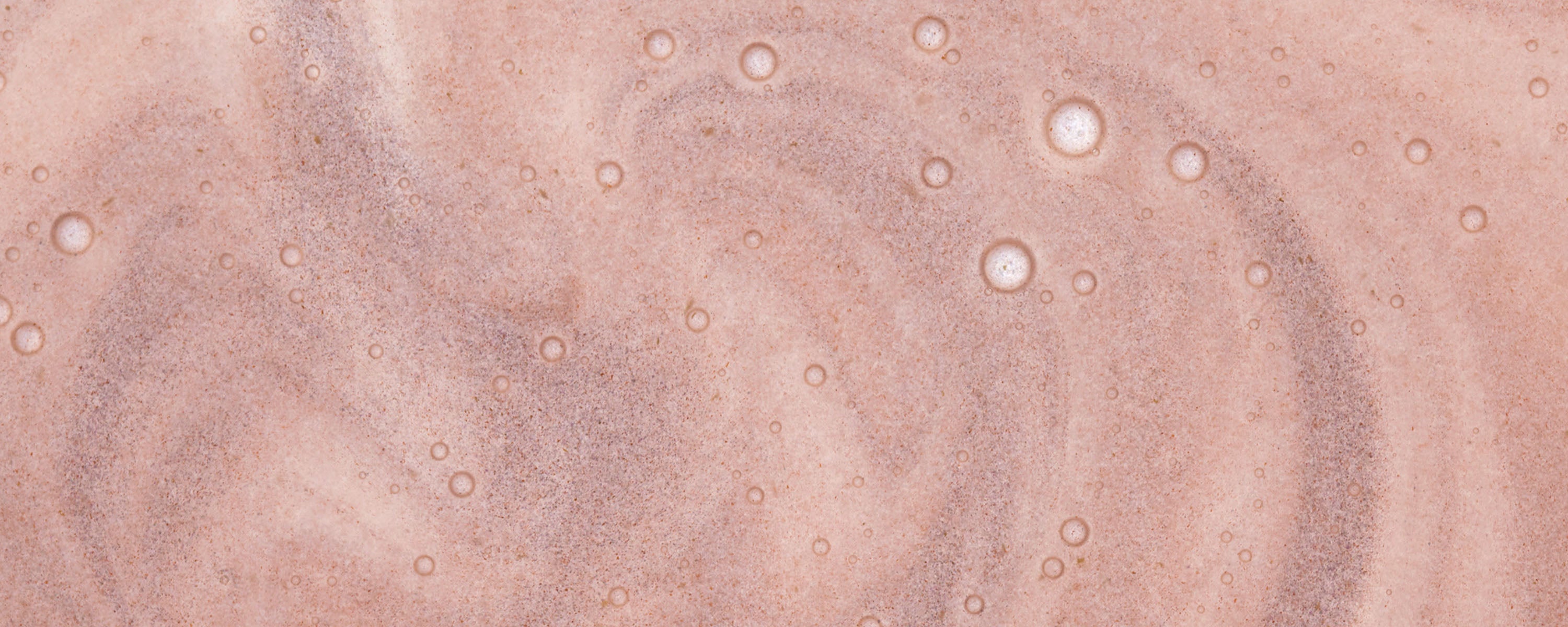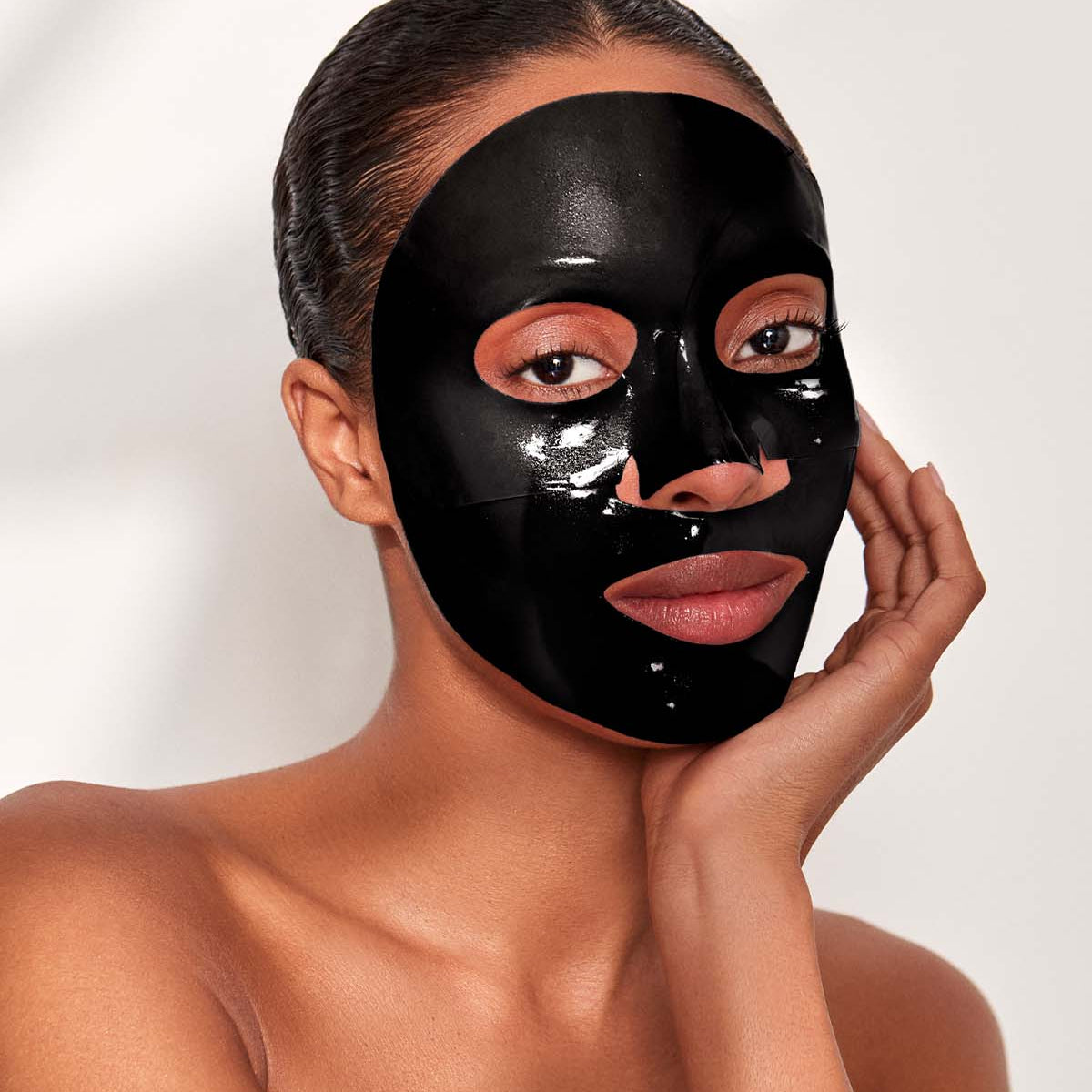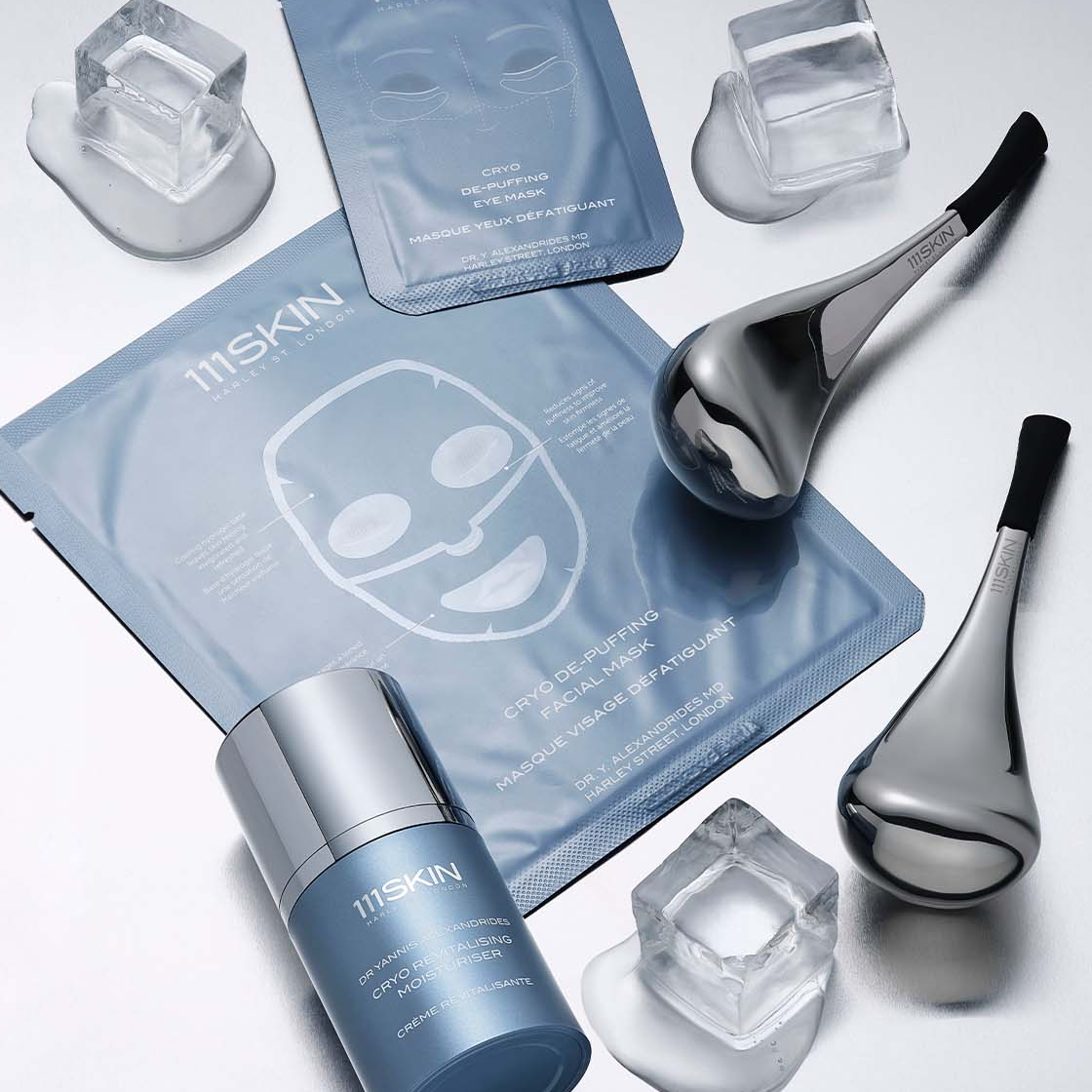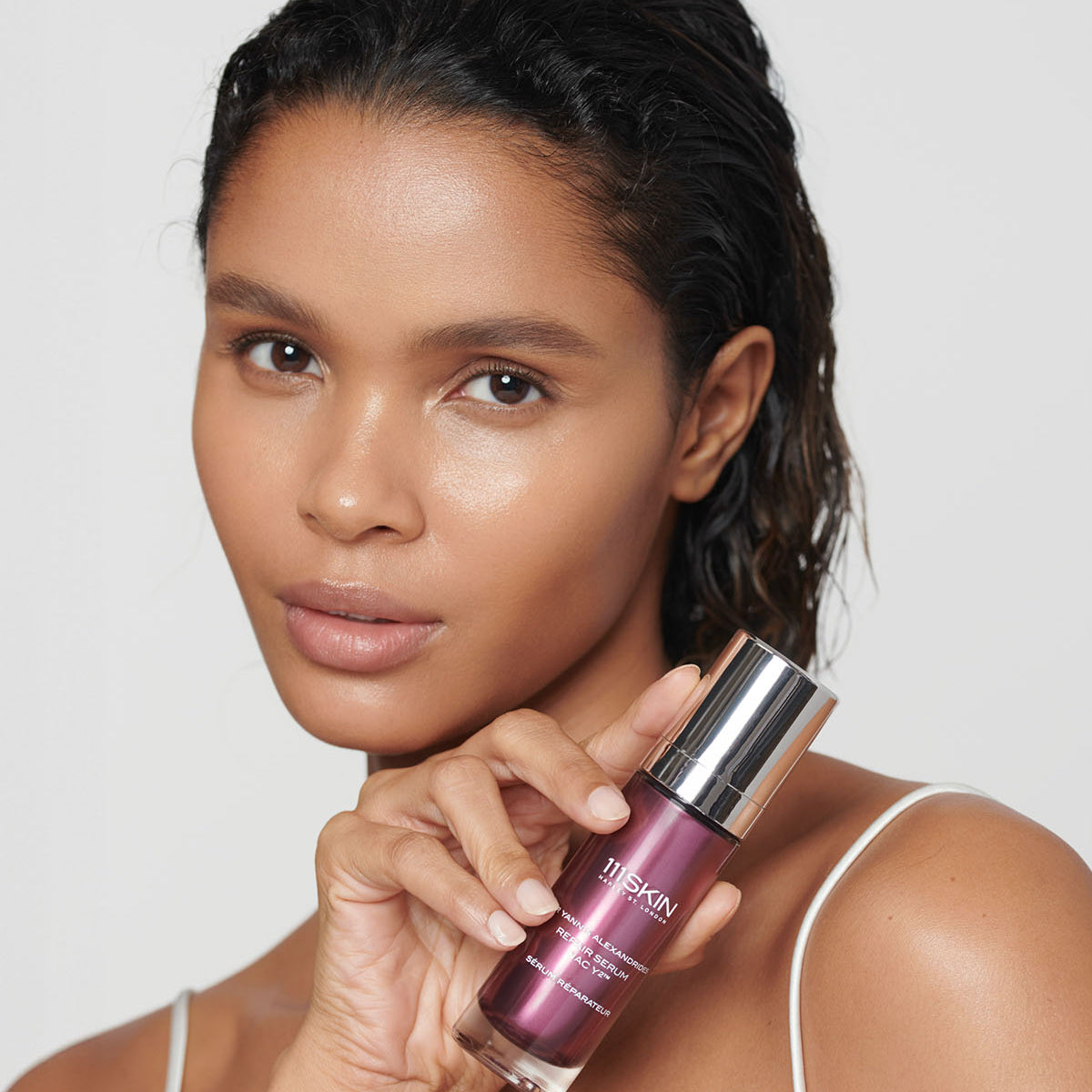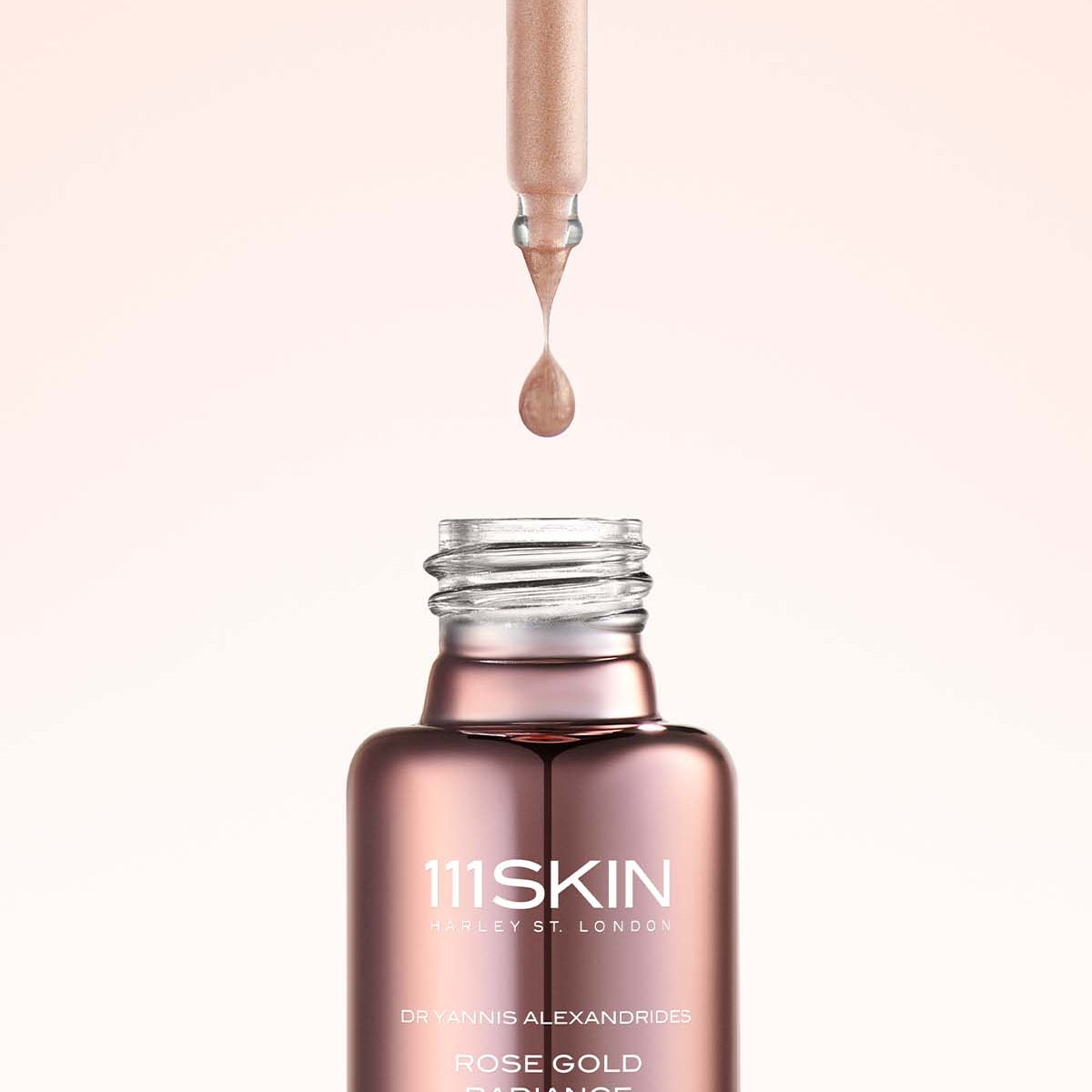Diglucosyl Gallic Acid is a potent active derived through bioengineering practices that visibly brightens skin. Previously only used in medical environments, 111SKIN have worked towards making this clinical-grade ingredient completely safe to use in our everyday, over-the-counter skincare products.
What is Diglucosyl Gallic Acid?
Diglucosyl Gallic Acid is a molecule derived from biotechnology that is then activated through the skin’s microbiome. Microbiome is a skincare buzzword at the minute, and the rise of biotic skincare means the once nuanced relationship between epidermal and gut health, has become less so.
When both the skin and gut’s microbiomes are aligned, they work together in harmony to enhance your general health. Therefore, when Diglucosyl Gallic Acid is activated, it has huge epidermal benefits.
The skin will become brighter, inflammation will decrease and the skin’s photo-protection abilities will be enhanced. If you are looking to reduce pigmentation, or have easily-reddened or chronically flushed skin, this should be an essential ingredient in your skincare.
It also has powerful retexturizing capabilities and can promote an even and brighter complexion after each use.
Diglucosyl Gallic Acid vs Vitamin C
Both Diglucosyl Gallic Acid and Vitamin C act as antioxidants and can therefore reduce free radical damage. Such damage causes skin to age prematurely, so having the ability to combat this is an important benefit that’s worth taking note of. Both ingredients can also brighten skin and even out tone to promote a more radiant complexion.
However, Diglucosyl Gallic Acid has a plethora of additional benefits in its arsenal, including the ability to inhibit pigmentation disorders by preventing overactive melanin production. Diglucosyl Gallic Acid can also control skin inflammation. For these reasons, we believe it’s the superior of the two as it effectively targets inflammation and hyperpigmentation while also being a powerful antioxidant.
IN A NUTSHELL…
To summarise, Diglucosyl Gallic Acid:
- Acts as an antioxidant to reduce the damage caused by free radicals and, in doing so, can treat the effects of UV damage.
- Promotes anti-inflammation by decreasing vasodilation and redness.
- Blocks overproduction of melanin by controlling the MITF gene. It also hinders melanin transfer to the top layers of the skin.
Why not experience this cutting-edge ingredient for yourself?
